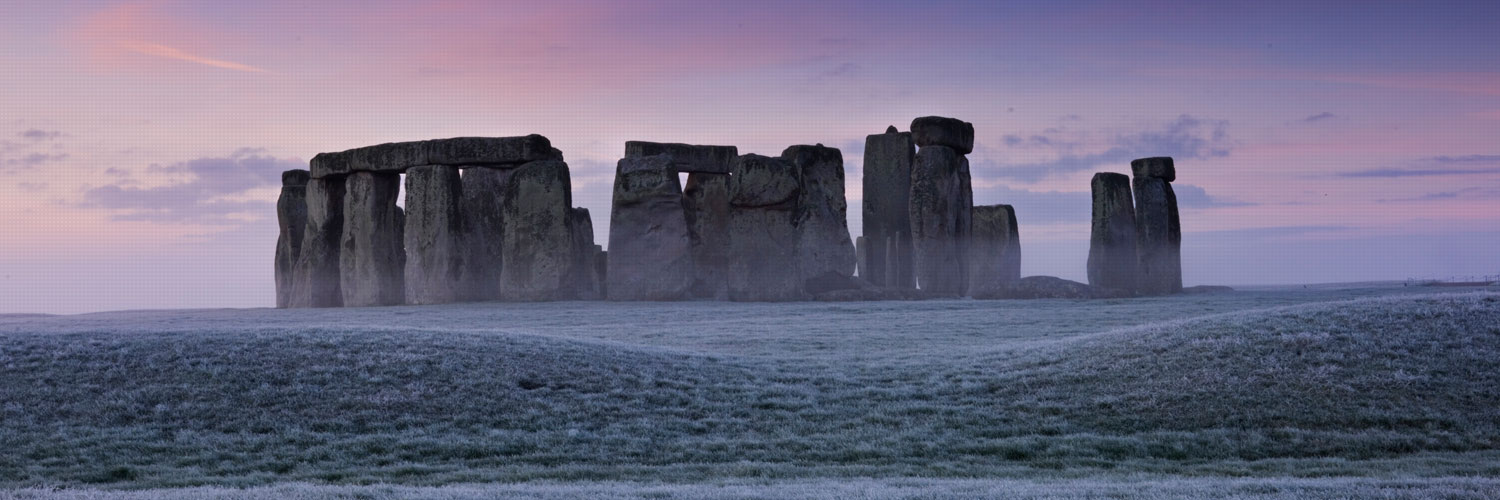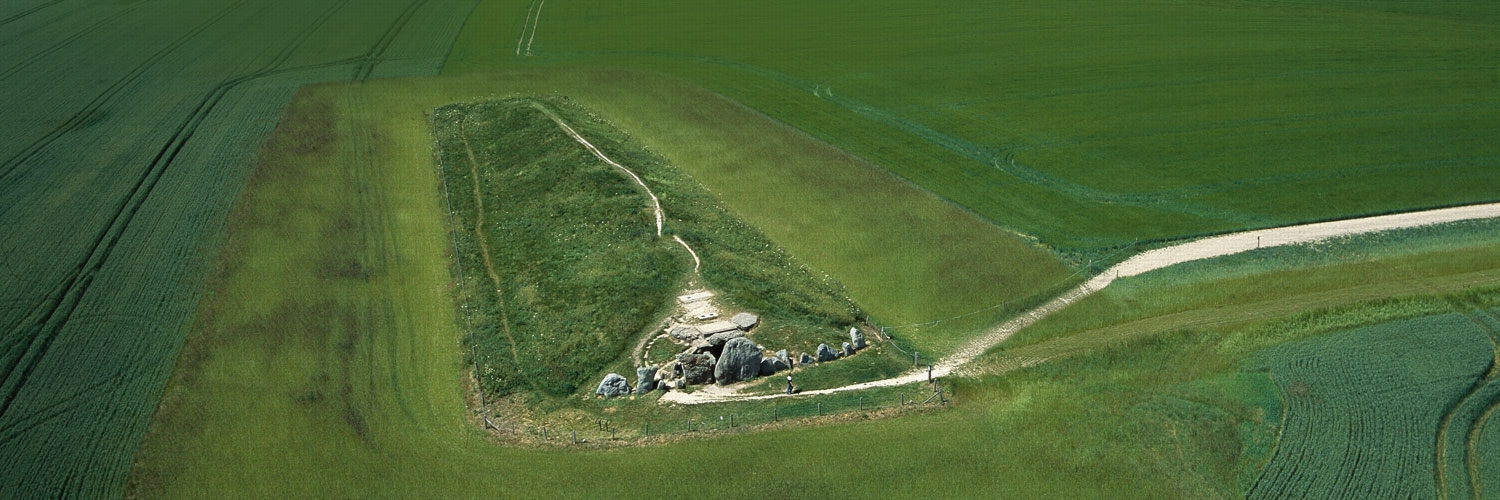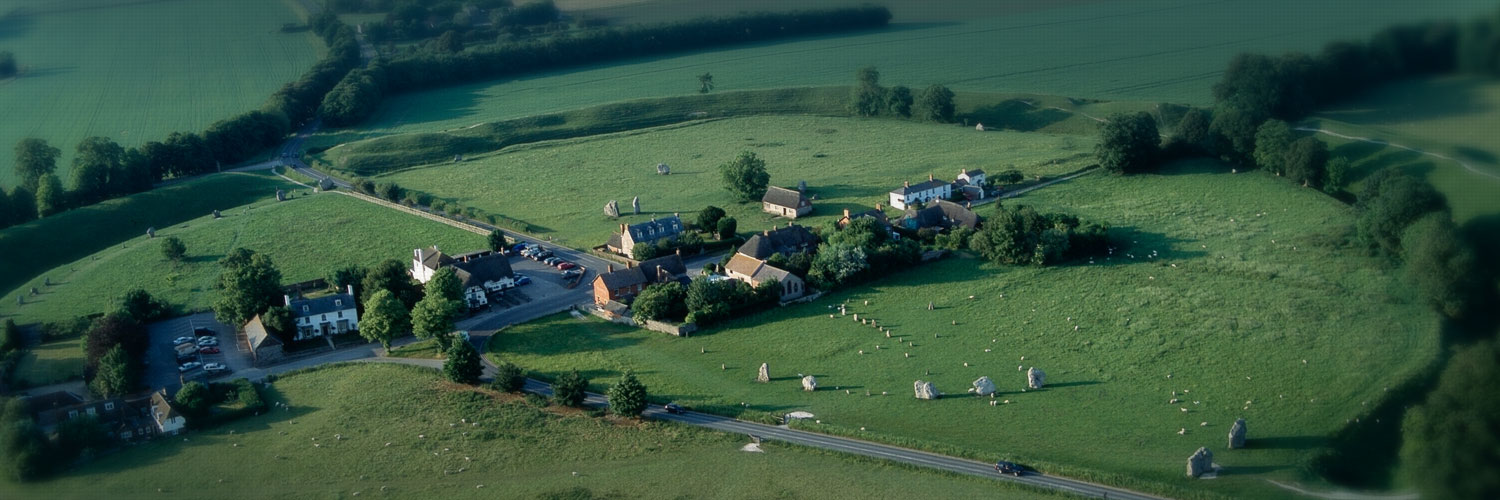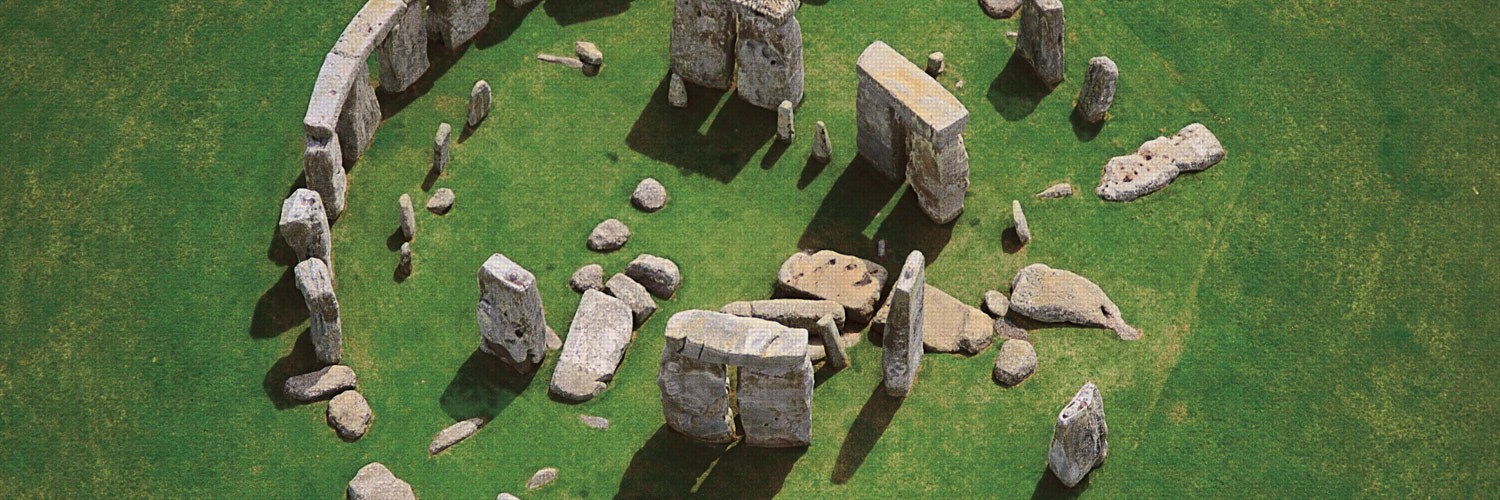Sustainable Management
The land within the World Heritage Site is subject to a variety of pressures from modern life such as tourism, traffic, agriculture and development. It has been widely recognised that these pressures, if not checked, can irreversibly damage fragile archaeological remains and their landscape setting.
The WHS Management Plan helps find an appropriate balance between the needs of the main land use interests, namely: the protection of the historic environment, the quality of the visitor experience and the quality of life of the local community. Balancing these issues is fundamental to the achievement of effective sustainable management and is one of the primary objectives of the management of the site.
It is crucial to work strategically and in partnership with the local landowners, organisations and the local community to ensure the sustainability of the site’s significance. An example of this type of working are the environmental stewardship schemes in which local farmers are given grants to protect the archaeology on their land through grass reversion schemes and management agreements.



